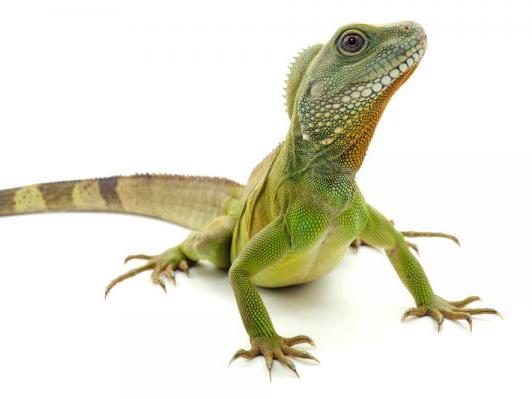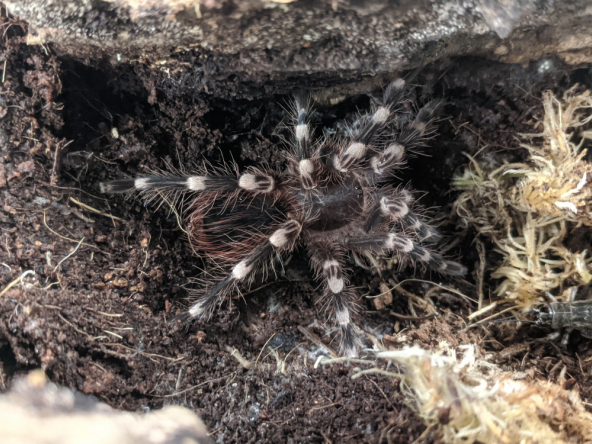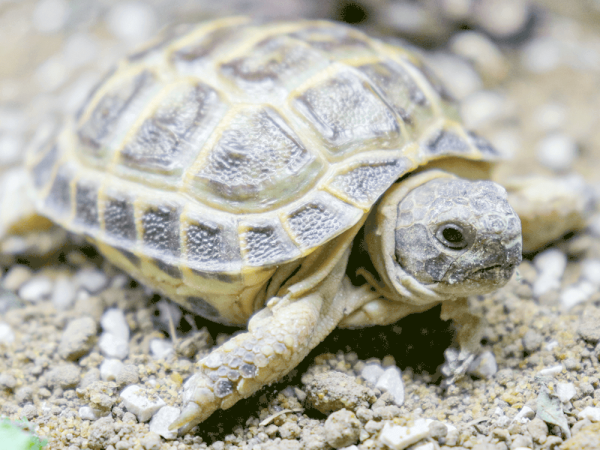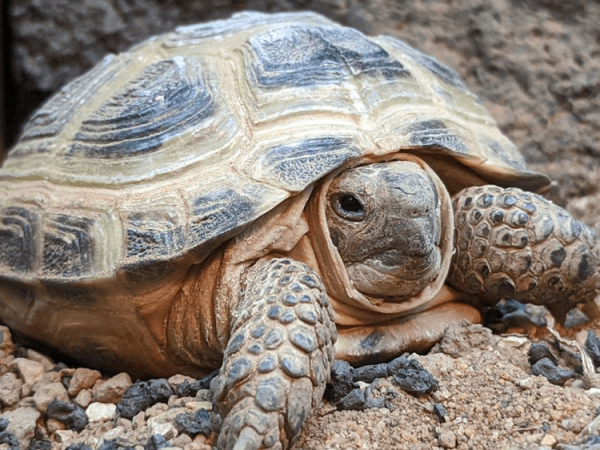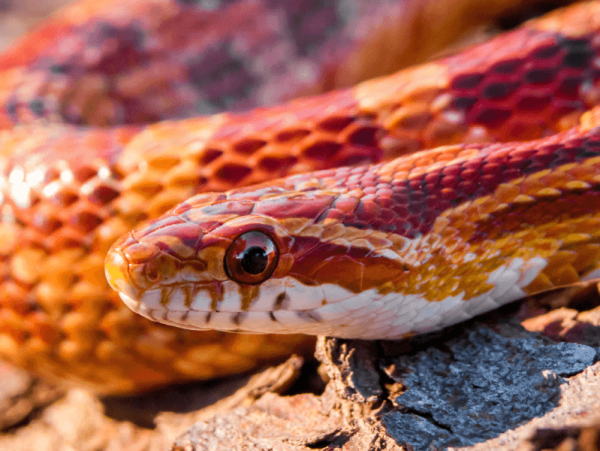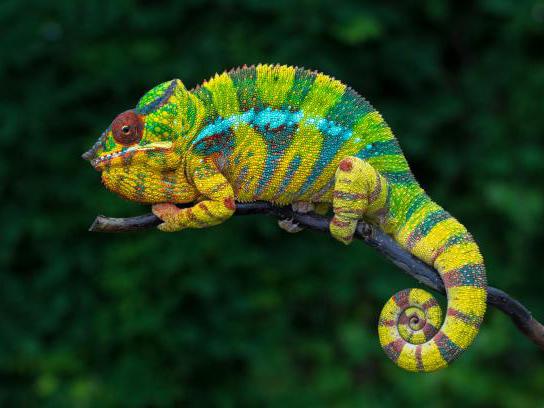Reptiles: basic care guide
Bearded dragons, Rankin's dragons and similar Australian species
The natural habitat for the Bearded dragons and its Pogona cousins is the Australian Outback. Therefore the beardie's natural environment is hot, under the glare of the baking hot sun. It is dry and it is quite desert-like. So to set up a bearded dragon environment this is what we need to replicate. One of our decent-sized vivariums is a good place to start. The wood of the viv is a superb insulator for the heat that is required. For a beardie we need about 10% UVB so that the dragon can convert this to vitamin D and in turn to calcium to build healthy bones. Traditionally sand or calcium sand is used as a substrate for bearded dragons, but many reptile keepers fear that the beardie could eat the sand and become constipated, leading to a condition called impaction. Such a condition is rare if the beardie is feeding correctly but to be on the safe side a substrate like Cage Carpet can be used and you can also make a non-loose bedding using something like lino. A great food for beardies is crickets and locusts. If you don't like the chirping of crickets, silent brown crickets are advisable. They will also eat salad leaves such as spinach. If in doubt check out our bearded dragon starter kits.
Leopard geckos
Leopard geckos are a nocturnal species. Unlike the bearded dragon they don't live in baking hot conditions. They are native to places like Pakistan and Afghanistan where it is warm but not hot. The natural habitat is warm, dry and dusty. Leos are the ideal pet for people who are at work all day and come home just in time to see them at their finest. If a leo sheds its tail it can also re-grow one. The main diet of a leo are locusts and meal worms but you can also reward them with a wax worm. For heat you should always have a hot spot and a cooler area within your vivarium, with the hot spot having a temperature between 85 and 90 degrees Fahrenheit. For more information check out our Leopard gecko care sheet and leopard gecko starter kits.
Crested geckos and similar rainforest species
Crested geckos are native to the rainforests of New Caledonia, near Polynesia. Their habitat is not dry like a leopard gecko's nor hot like a bearded dragon's. The crestie's habitat is a warm, humid leafy jungle where the forest canopies shield the reptiles from the harsh glare of the sun. A glass terrarium is better for a crested gecko because it holds the humidity better than a wooden viv. You should also provide some hide and climbing areas with branches, logs and real / silk plants. Crested geckos love fruit and the Repashy foods are ideal for them. A damp hide box should be available at all times to help with shedding (a plastic container with a hole in the lid, with moist soil or moss inside). For a habitat that has all you need, see our crested gecko starter kits.
Corn snakes, milk snakes and king snakes
Snakes known as 'colubrids' are generally native to places like the Carolinas in the southern USA. It goes without saying therefore that their habitat is neither desert nor jungle but the American woodland. Therefore a woody environment is perfect and you can start with a substrate like aspen bedding. Corn snakes should be fed frozen and thawed mice (or small rats for larger corn snakes). Hatchlings should be started out on pinkie mice for feeding and the size of the prey should be increased as the snake grows. Young growing snakes should be fed a couple of times a week, while adults only need to be fed one appropriately sized rat every 7-10 days.




